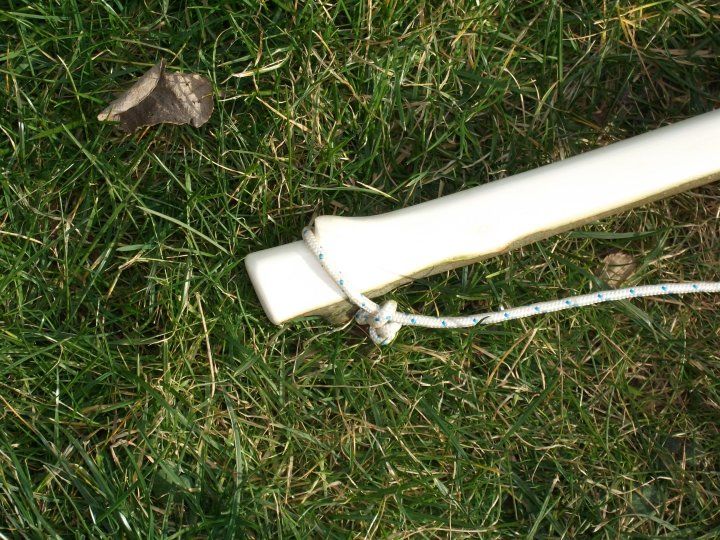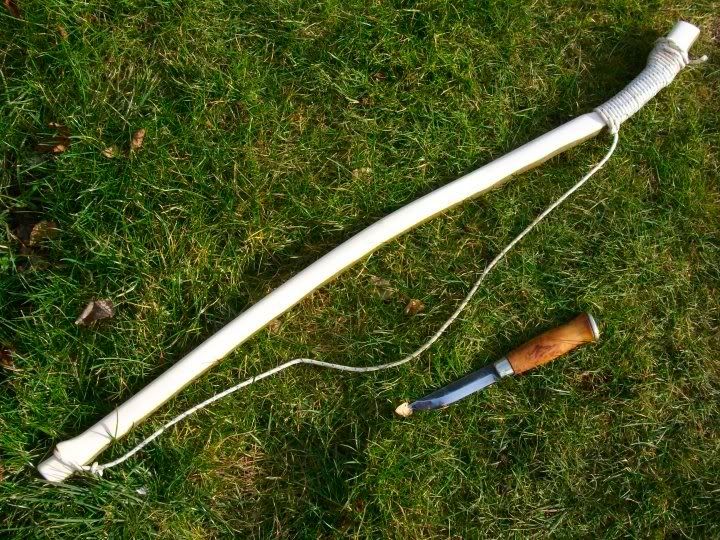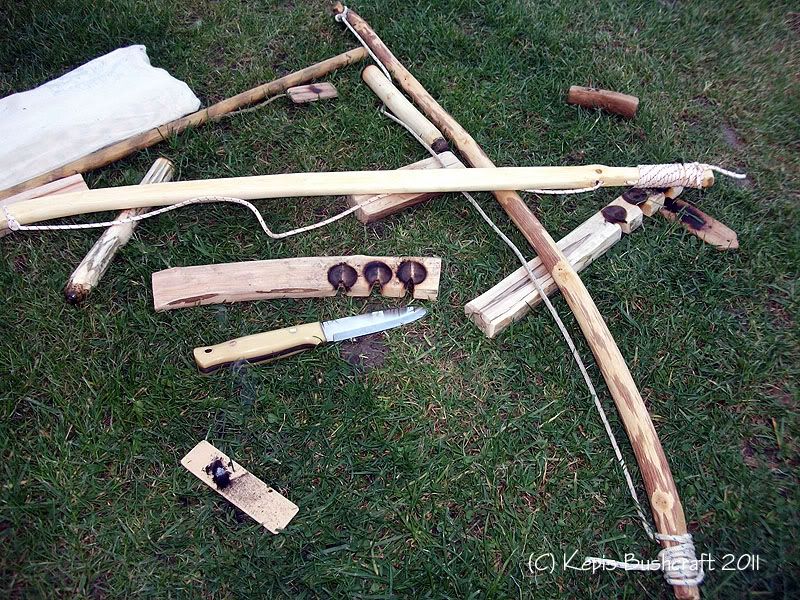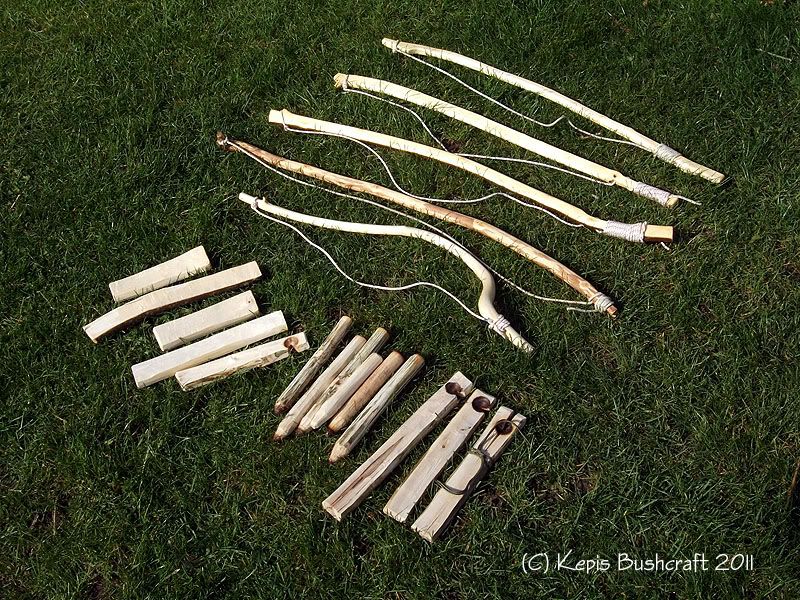What's the easiest way of getting good tension with the bowdrill? At the minute I just tie a clove hitch at either end, see if it works and adjust but I've just had 4 groups of scouts attempting it and it come loose quite often. I'm shattered from just running around making sure they have decent tension. Would be grateful for any ideas.
Cheers
Matt
Cheers
Matt





